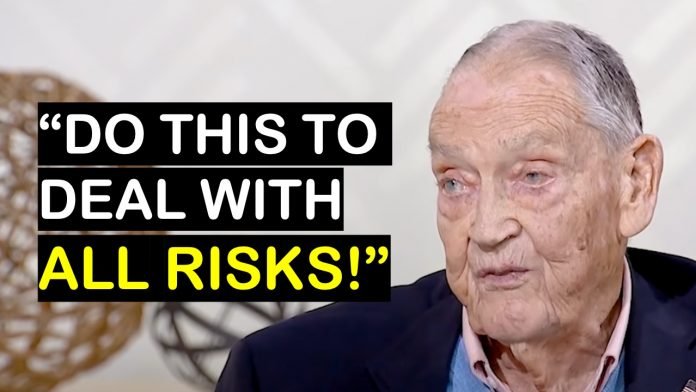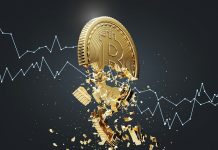
Many economic factors can influence investment return, such as interest rates, inflation, and quantitative easing (QE).
QE is a form of unconventional monetary policy.
In QE, a central bank purchases pre-determined amounts of government bonds or other financial assets to inject money into the economy to expand economic activity.
Unlike helicopter money, which involves the distribution of printed money to the public, central banks use quantitative easing to create money and then purchase assets using printed money.
QE may cause higher inflation than desired if the amount of easing required is overestimated and too much money is created by the purchase of liquid assets.
On the other hand, QE can fail to spur demand if banks remain reluctant to lend money to businesses and households.
In this video, Vanguard Group founder Jack Bogle discussed how to deal with QE and changes of interest rates.
He also suggested people should protect their portfolio from big disasters such as a pandemic. His method is simple and inspiring.
Warning: This video is to show you John Bogle’s view about how to handle risks in investment.
Please do your research before doing any investment. A good balance between return and risk is the key to investment success.
Source: Finance Jane (Shared via CC-BY)



